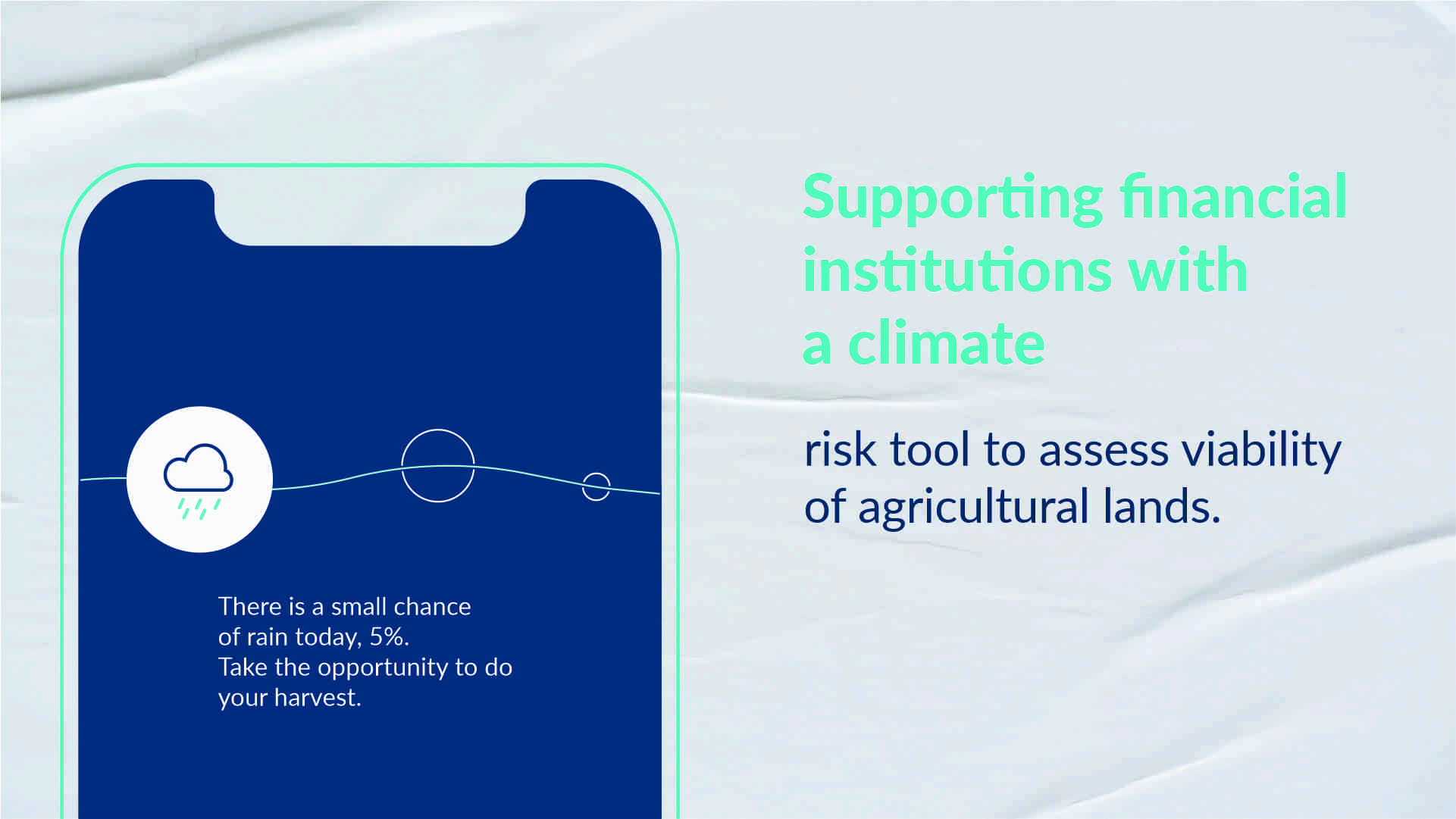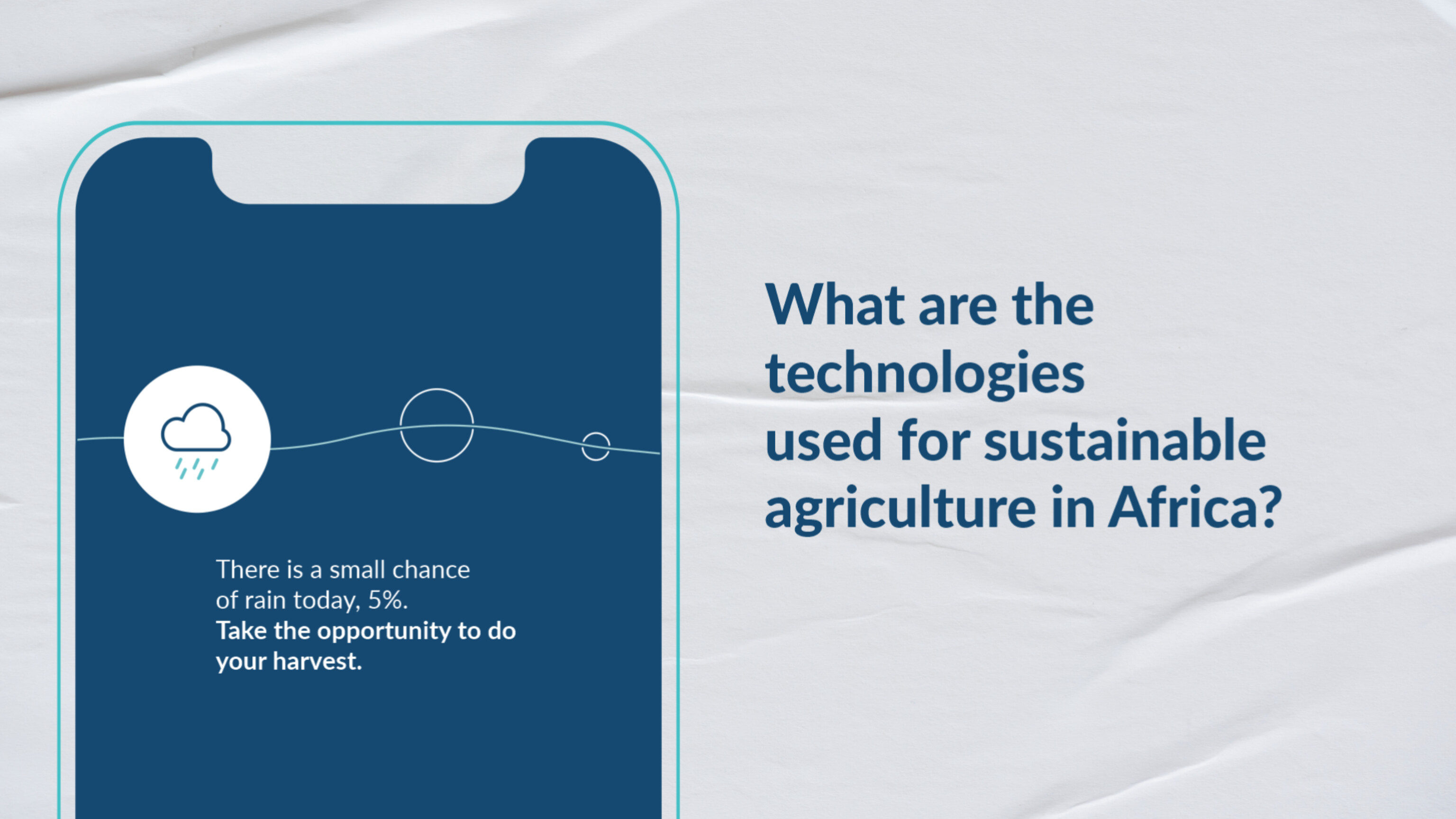Climate change is having a significant impact on traditional rainfall patterns and the associated signs that people have relied on for centuries.
As global temperatures rise, weather patterns are becoming more unpredictable and extreme, leading to fluctuations in precipitation levels. Many cultures have relied on the behavior of animals, plants, and atmospheric conditions as indicators of approaching rainfall. For example, some traditions have observed the migration of birds, the blooming of particular flowers, or the appearance of certain cloud formations as signs of upcoming rain.
However, with changing climates, these markers are no longer as reliable as they once were. Higher temperatures and altered weather patterns are causing shifts in ecosystems and disrupting natural cycles. As a result, the behavior of plants and animals that have always been used to forecast rainfall is changing.
For instance, migratory patterns of birds may shift, blooming times of certain flowers may become inconsistent, and cloud formations may become less indicative of rain.
The frequency and intensity of extreme weather events, such as droughts and heavy rainfall, are increasing as a result of climate change. This unpredictability makes it even more difficult to rely on traditional signs of rainfall.
Communities that have long depended on these traditional markers for agricultural planning, water management, and other aspects of their daily lives are facing new challenges. They must adapt to the changing climate and find alternative strategies to cope with unpredictable rainfall patterns.
Such communities in Africa use the traditional weather and climate forecasting to make vital decisions that enable them to cope up with climate changes. In these communities, traditional weather and climate forecasting is the most affordable and accessible source of climate and weather information.
One needs a clearer understanding of the type of information that traditional communities use and how the information is received.
These communities use traditional methods of weather and climate prediction such as observation of different bio-physical entities like birds, insects, livestock, trees, and wildlife. In these communities, factors such as land and natural resource dispossession have resulted in decline in the use of traditional weather knowledge and forecasting. Equally, climate change in arid and semi-arid areas has resulted into a decline in the use of traditional weather forecasting systems. For this matter, most traditional people are slowly drifting away from generational transmission of such information.
However, despite the loss of this traditional weather forecasting knowledge, there is a little move towards the use of modern weather forecasting and climate information systems in these communities. This is because the use and application of these modern weather forecasting and climate change information is limited.
Limitations of modern weather forecasting
- Modern weather forecasting information is inaccessible to most farmers because they lack access to advanced communication media networks.
- Even if they have access to this information, it is difficult for most of them to comprehend the information and use it. This is because they do not understand sciences well and language skills used to pass the information.
- It is very costly to buy and install modern weather information system facilities. These facilities therefore are limited to urban areas where they can be easily maintained.
It is very important that these farmers understand the day-to-day climatic conditions because they guide their daily activities. Thus, even when it is affordable, accessible, and interpretable, modern weather forecasting information is rarely important to the daily decision-making of these farmers.
Summary
As discussed above, traditional knowledge in agriculture helped farmers to withstand droughts, crop losses, and water shortages but these traditional approaches are hard to apply in the modern world because of changing rainfall patterns. The impact of climate change on traditional rainfall signs serves as a reminder of the urgent need to address climate change through mitigation and adaptation measures. Finding sustainable solutions to combat climate change can help preserve traditional knowledge and practices that have long been intertwined with rainfall patterns.
References
https://amp.theguardian.com/environment/2011/dec/15/climate-change-rainfall







